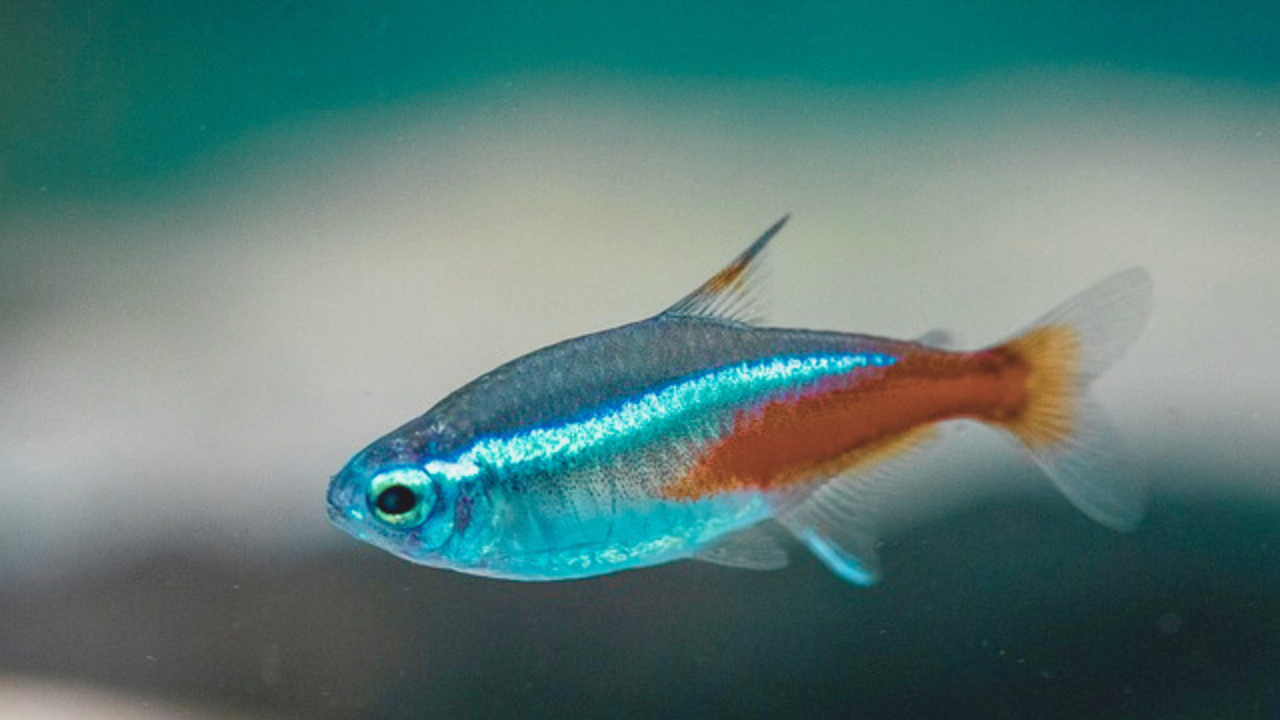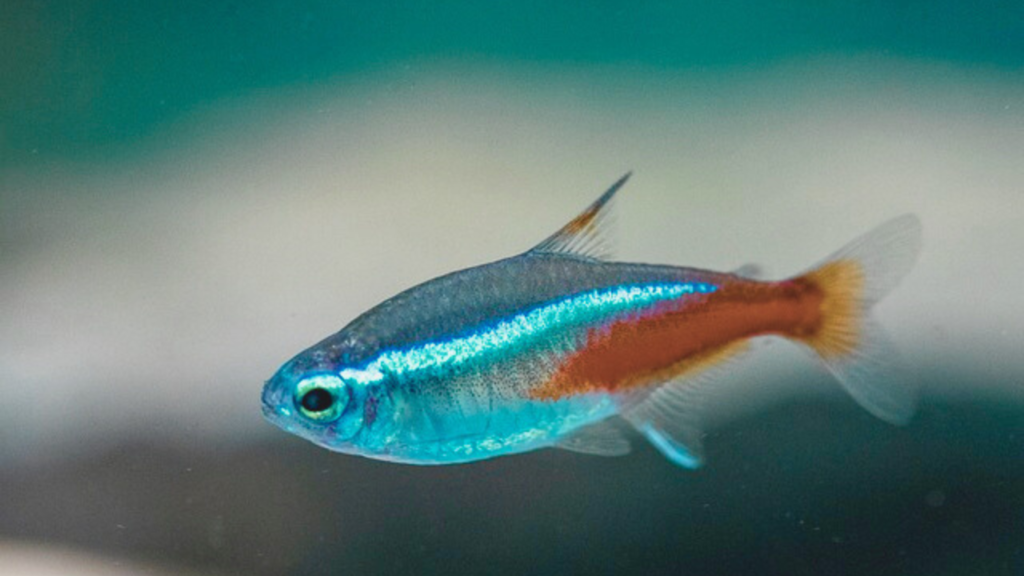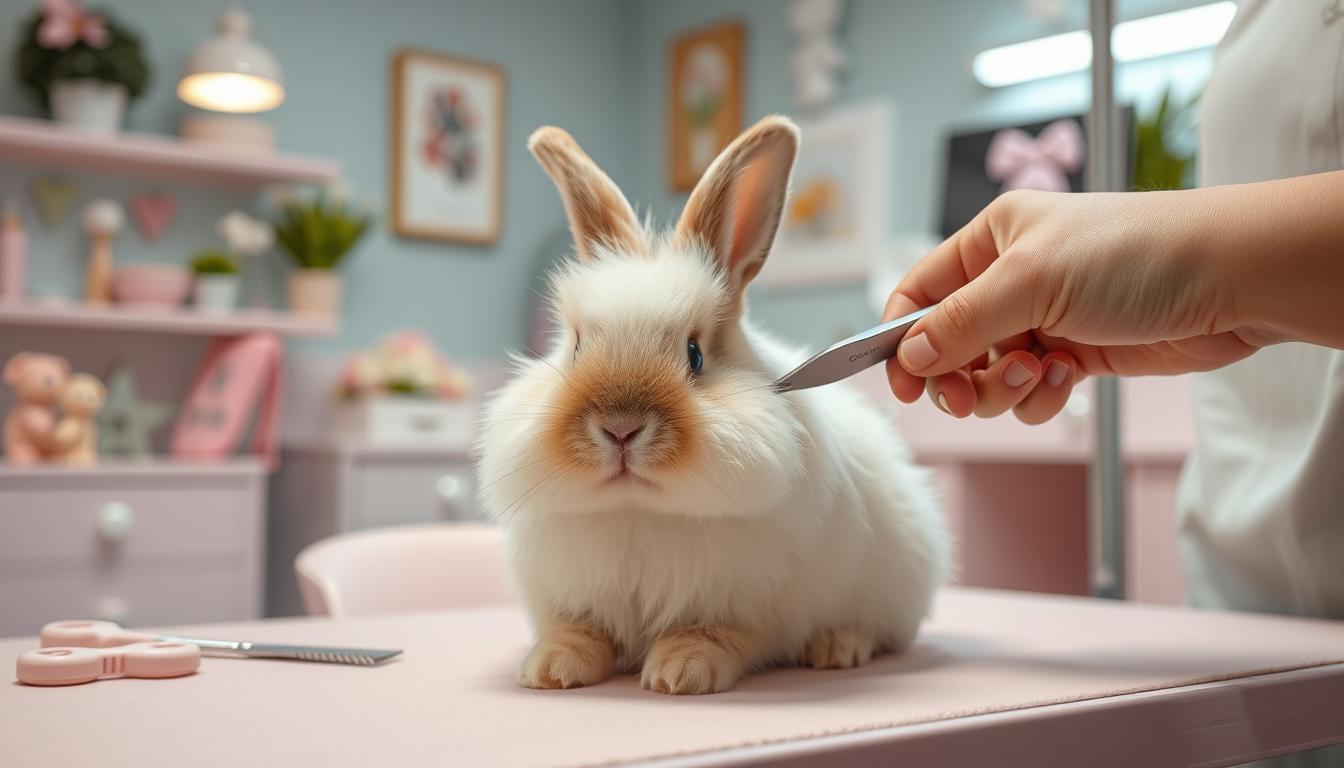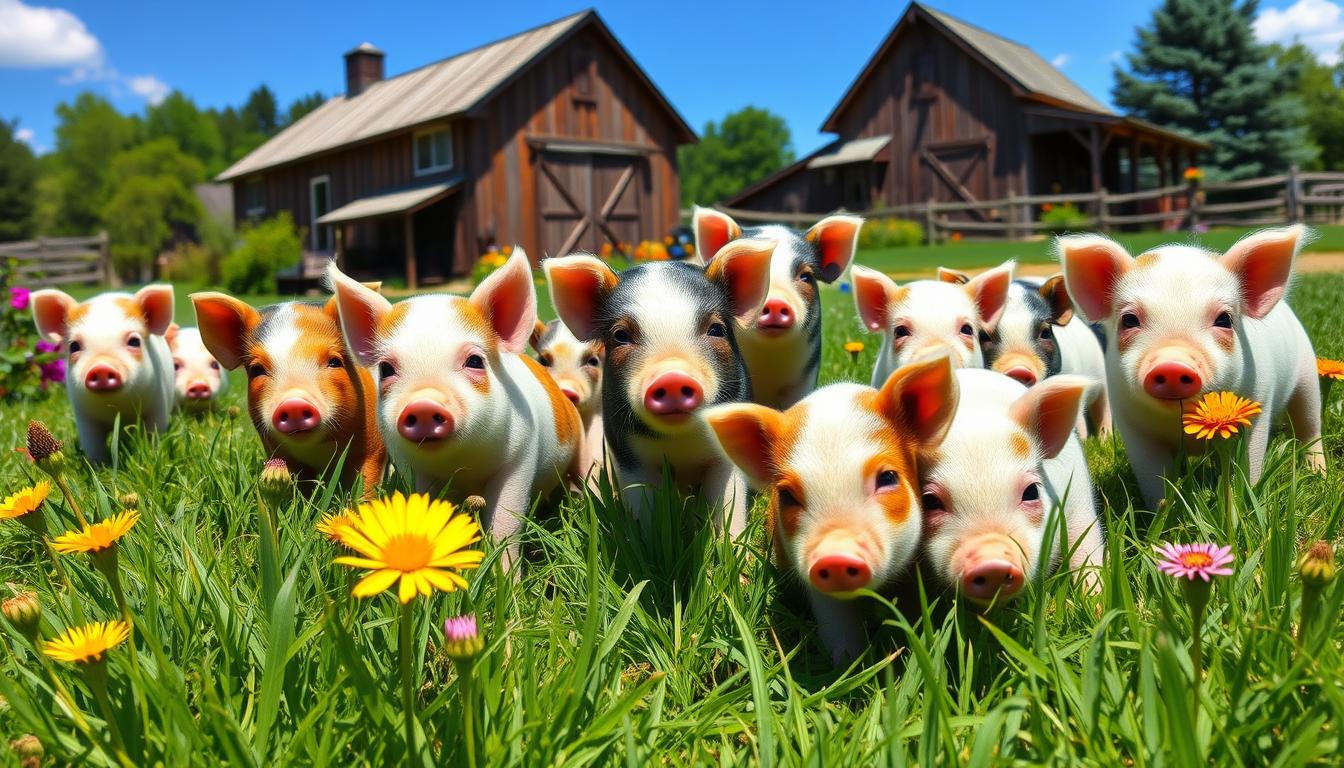The Glimmering Beauty of the Congo Tetra: A Complete Guide to This Tropical Freshwater Star

Slug: congo-tetra-guide
Meta Description: Learn everything about Congo Tetras, from their shimmering beauty and peaceful temperament to aquarium care and breeding tips. Perfect for freshwater aquariums!
Introduction
The Congo Tetra, scientifically known as Phenacogrammus interruptus, is a tropical freshwater fish admired for its radiant appearance and tranquil demeanor. As a proud member of the Alestidae family, this species has gained immense popularity among aquarists around the world. With its shimmering fins and easygoing personality, the Congo Tetra appeals to both beginners and experienced fishkeepers alike.

What truly makes this fish stand out from all the others?
Let’s explore the fascinating world of the Congo Tetra, uncovering its origins, unique features, and essential care tips.
The Origins of the Congo Tetra
Originating from the gentle streams and rivers of Central Africa’s Congo River Basin, the Congo Tetra flourishes in a rich and diverse ecosystem.
These waters, rich in vegetation and tannins, offer the ideal conditions for their survival and development.
First identified in the early 1900s, the Congo Tetra belongs to the Osteoglossiformes order, a group known for its evolutionary adaptations to freshwater ecosystems. Among the Alestidae family, this species is celebrated for its distinct beauty and ease of care.
Appearance: Nature’s Masterpiece in Motion
Congo Tetras are renowned for their breathtaking colors and striking fins. Their scales display a mesmerizing blue-green iridescence that shifts depending on the angle of light, while their fins shimmer with hints of orange and white.
Mature males, in particular, boast elongated fins that flow gracefully as they swim, making them a true spectacle in any aquarium. Their colorful and shimmering appearance adds an almost magical quality to their surroundings, earning them the title of living jewels.
Behavior and Temperament
Known for their calm and friendly nature, Congo Tetras are the epitome of a peaceful community fish. They thrive in groups of at least six, as their social instincts make them happiest when surrounded by their peers.
This schooling behavior not only enhances their visual display but also reduces stress, ensuring a healthier and more vibrant fish. Their non-aggressive demeanor makes them a perfect addition to community tanks, where they get along harmoniously with other peaceful species.
Diet and Feeding Habits
In their natural habitat, Congo Tetras primarily consume insects, larvae, and some plant matter. To keep them healthy and vibrant in captivity, replicating this diet is key.
Offer them high-quality flake food as a staple, supplemented with live or frozen treats such as bloodworms, brine shrimp, or daphnia. A varied diet helps maintain their energy levels and keeps their iridescent coloring bright and vivid.
Habitat and Aquarium Setup
Creating the perfect environment for Congo Tetras starts with replicating their natural habitat. A tank of at least 30 gallons is recommended for a small group, complete with plants, driftwood, and hiding spots to make them feel secure.
The ideal conditions include soft, tannin-infused water with temperatures between 75–82°F and a pH range of 6.0–7.5.
Using dim lighting and a dark substrate will enhance their colors, creating a striking visual effect as they swim through the water.
Aquarium Care Essentials
To keep your Congo Tetras healthy and thriving, regular tank maintenance is essential. Weekly water changes of about 20–30% help maintain optimal water quality, while frequent checks of ammonia, nitrate, and nitrite levels prevent harmful conditions.
These fish are sensitive to sudden changes in water parameters, so consistency is crucial. Additionally, quarantining new fish before adding them to the tank can protect your Congo Tetras from potential diseases.

Breeding Congo Tetras
Breeding Congo Tetras can be both challenging and rewarding. These fish are egg scatterers, laying their eggs among fine-leafed plants or on spawning mops. To encourage spawning, use a separate breeding tank with slightly acidic water and low lighting.
Once eggs are laid, it’s important to remove the parents to prevent them from eating the eggs. Feed the fry microscopic foods like infusoria or finely powdered flakes until they grow large enough for standard food.
The Congo Tetra in the Freshwater Aquarium Hobby
Congo Tetras have earned their place as one of the most sought-after tropical fish in the aquarium hobby. Their low-maintenance nature and compatibility with other peaceful species make them a joy to care for.
Pair them with tank mates like neon tetras, rasboras, or dwarf gouramis for a harmonious and visually stunning community tank. Whether you’re a seasoned aquarist or just starting out, Congo Tetras are sure to bring life and color to your aquarium.
Conclusion
Congo Tetras are much more than a pretty addition to your tank—they’re living art. Their iridescent beauty, peaceful temperament, and low-maintenance requirements make them a fantastic choice for any freshwater aquarium. When given the right care and environment, these radiant fish will flourish, providing their owners with years of joy.
FAQs
1. How big do Congo Tetras get?
Congo Tetras usually grow to about 3–3.5 inches in length, with males being slightly larger and more striking than females.
2. Are Congo Tetras suitable for community tanks?
Indeed, their calm temperament makes them ideal tankmates for other peaceful species in a community aquarium.
3. How long do Congo Tetras live?
With proper care, these fish can live between 5 and 8 years in captivity.
4. Are Congo Tetras good for beginners?
Absolutely! Their hardy nature and forgiving care requirements make them an excellent choice for first-time fishkeepers.
5. What health issues should I watch out for with Congo Tetras?
Common problems include fin rot, ich, and stress-related illnesses, but these can be avoided with regular tank maintenance and stable water conditions.



